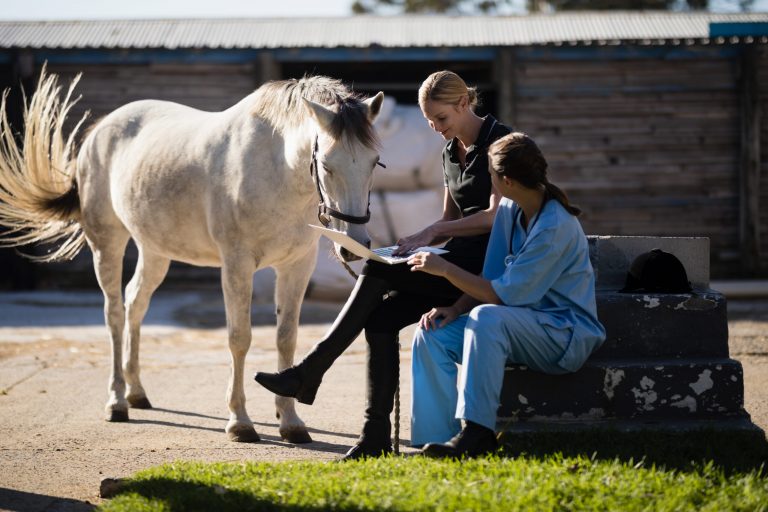
Osteochondrosis dissecans (OCD) is common in the femoropatellar joint in Thoroughbred yearlings for sale at auction. There is no consensus on its effect on racing outcomes. The aim of this retrospective case-control study was to describe femoropatellar OCD in juvenile Thoroughbreds and compare the racing performance of affected horses to siblings and unaffected horses from the same sale.
Radiographic reports from 27 Thoroughbred auctions of weanling (5–11 months of age) and yearling (12–22 months of age) horses were reviewed to identify femoropatellar OCD. Age and sex of affected and unaffected animals were obtained from the sales catalog. Racing performance was obtained from an online database. Correlation between lesion characteristics and racing performance was assessed using Pearson and Spearman correlations for continuous and ordinal/categorical variables respectively. Racing performance was compared between affected animals and two unaffected controls for each affected animal (a maternal sibling and an age- and sex-matched animal from the same sale) with Poisson distribution and log link.
Femoropatellar OCD was identified in 429 horses with North American race records. OCD was present on 519 lateral trochlear ridges and 54 medial trochlear ridges. There were more males in the affected group (70%) than in the sibling unaffected group (47%). Case racing performance was compared to 1,042 sibling and 757 sale matched controls. There were significant but small decreases in racing metrics of affected animals and increases in males for years raced, total starts, starts for 2–5 years of age, total placings, and placings at 2–4 years of age. Analysis of specific lesion metrics revealed weak correlations for performance outcomes (positive and negative) resulting in an inability to draw firm conclusions.
Bottom line: Femoropatellar OCD in juvenile Thoroughbreds for sale at auction decreases some racing outcomes.








